Federal Reserve clears banks to offer crypto
The Federal Reserve Board announced that it had officially withdrawn its guidance letter for banks related to crypto assets and stablecoins. In 2022, the Federal Reserve Board issued the “Engagement in Crypto-Asset-Related Activities by Federal Reserve Supervised Banking Organizations” letter, telling banks they needed to get Fed approval before engaging in digital currency- or stablecoin-related activities.
Now that this guidance has been removed, it will be much easier for banks to offer products and services involving digital currencies and stablecoins. Similar to Paul Atkins becoming chair of the Securities and Exchange Commission (SEC), this move removes a layer of friction that previously discouraged financial institutions from getting involved in the digital asset industry.
Since the inauguration, there has been an emphasis on creating an environment where digital asset corporations and major American financial institutions can operate in the digital currency space without worrying about regulatory backlash. But we’ve heard much less about the actual demand for these products and services.
To be fair, U.S. President Donald Trump’s executive order mandating the creation of a Bitcoin Strategic Reserve and a Crypto Strategic Reserve did prompt other countries, governments, and large corporations worldwide to begin stockpiling BTC. However, most of the headlines are about progressive technologists and not necessarily the everyday institutional investors quietly working Bitcoin into their portfolio allocation.
It’s also important to recognize that institutional and retail investors often have different goals. Institutions entering the digital asset space are typically focused on maximizing profit, not necessarily on creating, supporting, or even being a significant member of the decentralized economy. So, while it’s great to see regulatory barriers falling, I think we are yet to see what the markets will look like once many traditional financial institutions actively trade in crypto markets.
Atkins as SEC chairman paves the way for pro-crypto regulation
Last week, Atkins was sworn in as the 34th Chairman of the SEC. In line with what’s becoming a clear trend under the current White House administration, Atkins is believed to be “crypto-friendly.” Many expect the blockchain and digital asset industries to continue experiencing growth with clearer regulations and a light-touch approach to oversight, with him leading the organization.
What makes Atkins crypto-friendly isn’t that he has a long, vocal history of championing blockchain technology–because he doesn’t have this. Instead, it’s his historic approach to capital markets throughout a long career as a lawyer, a former SEC commissioner, and the founder of consulting firm Patomak Global Partners, a firm that helped blockchain and digital asset companies navigate regulatory environments.
Throughout his career, Atkins consistently emphasized that government overreach should not stifle innovation. His philosophy calls for minimal regulation, limited government interference in emerging markets, and clear, narrowly tailored rules that allow for innovation. Although his broader philosophy wasn’t originally about crypto, it’s easy to see how it applies to today’s blockchain and digital asset industries.
It’s also easy to imagine how Atkins’ SEC will be the polar opposite of former SEC Chairman Gary Gensler’s administration, which emphasized cracking down on the cryptocurrency industry and aggressively prosecuting many of its leading companies.
Similar to what we’ve seen across the crypto space since the administration change in January, with Atkins in office, I expect crypto corporates to ride the tailwind of increased government support. Companies will likely feel encouraged to innovate without fear of prosecution. On the other hand, everyday consumers probably won’t feel any direct effects of having a crypto-friendly SEC chair. If they do, it’ll likely be because the benefits being enjoyed by crypto corporates trickle down to users by way of the products and services the corporates are offering.
Circle debuts new payments network to rival Visa and Mastercard
Meanwhile, Circle, the company behind USDC, announced the launch of the Circle Payments Network (CPN). CPN is a new global payments network designed to compete directly with Visa (NASDAQ: V), Mastercard (NASDAQ: MA), and other electronic payment systems. But instead of relying on traditional fiat currency rails, it will use USDC, EURC, and other regulated stablecoins to settle transactions.
“Circle Payments Network is a foundational layer for the always-on economy — enabling trusted institutions to move value across borders, instantly,” said Nikhil Chandhok, Chief Product and Technology Officer at Circle.
To date, stablecoins have mostly been highly profitable products for their issuers, allowing them to issue coins and subsequently rake in passive income through treasury bills. They are also a tool used by investors in their trading stacks, giving users a short- or long-term shelter from market volatility while offering a midpoint that allows for easy reallocation into crypto or fiat.
Stablecoin adoption has exploded recently, especially with the new government administration creating a more favorable environment for crypto innovation. Now, stablecoins are moving beyond just trading tools; they are positioning themselves as the key infrastructure for global payments.
It’s no secret that while efficient, traditional payments networks like Visa and Mastercard can be expensive at scale. Beyond that, the traditional financial system isn’t “always on.” Banks and payment processors have designated hours of operation, and trying to move money outside of those hours usually results in delays.
Stablecoins can solve both of those problems. Networks built on blockchain infrastructure can be online 24/7, allowing transactions to happen instantly regardless of time or day. Depending on the blockchain they’re built on and the associated transaction fees, they also have the potential to be significantly cheaper than traditional payment settlement systems.
Still, in line with almost every major crypto and blockchain development in 2025, it’s unlikely that the average consumer will notice much of a difference anytime soon. The bigger winners from Circle’s new payments network will probably be banks, large corporates, and financial institutions moving hundreds of millions—if not billions—of dollars across borders daily.
Watch: Improving logistics, finance with AI & blockchain



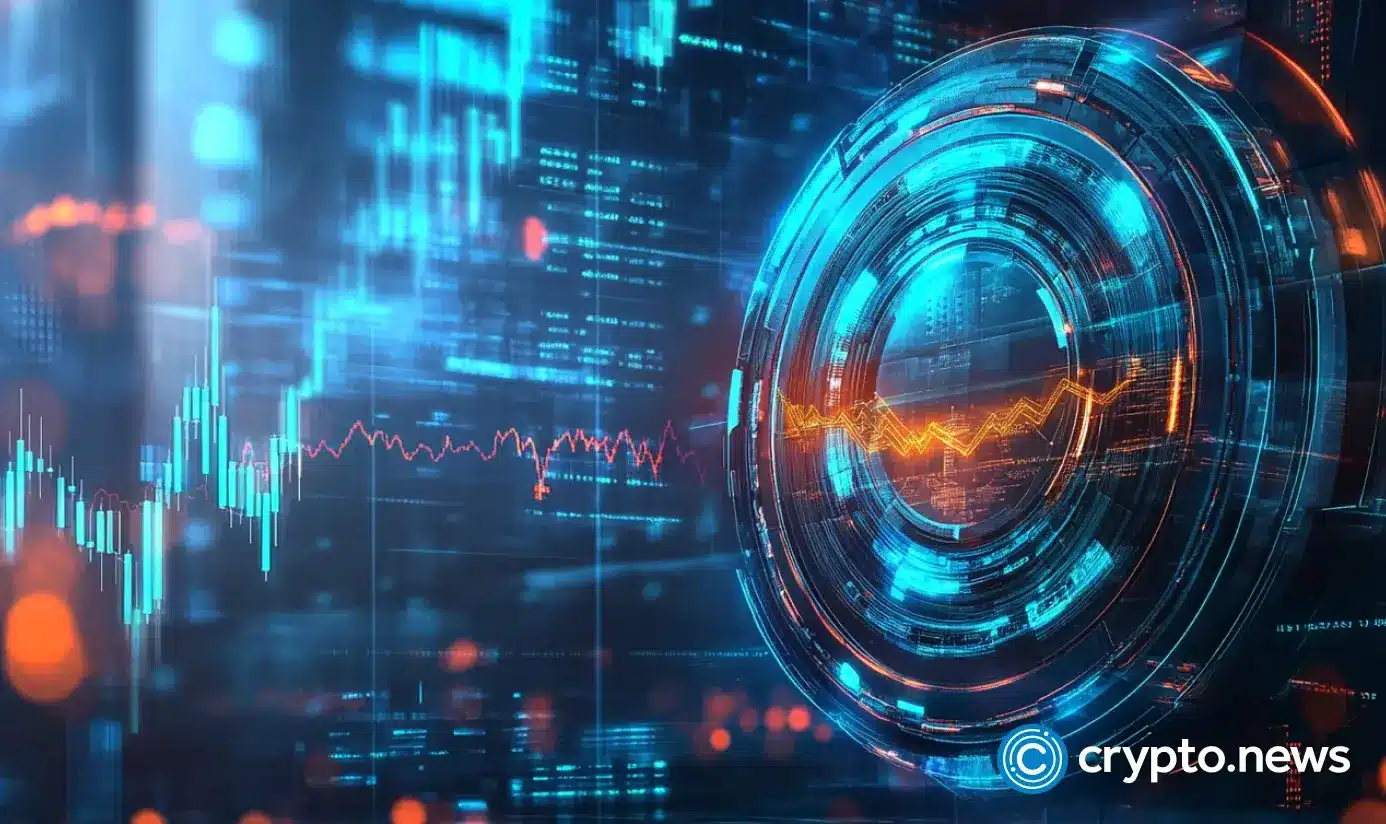

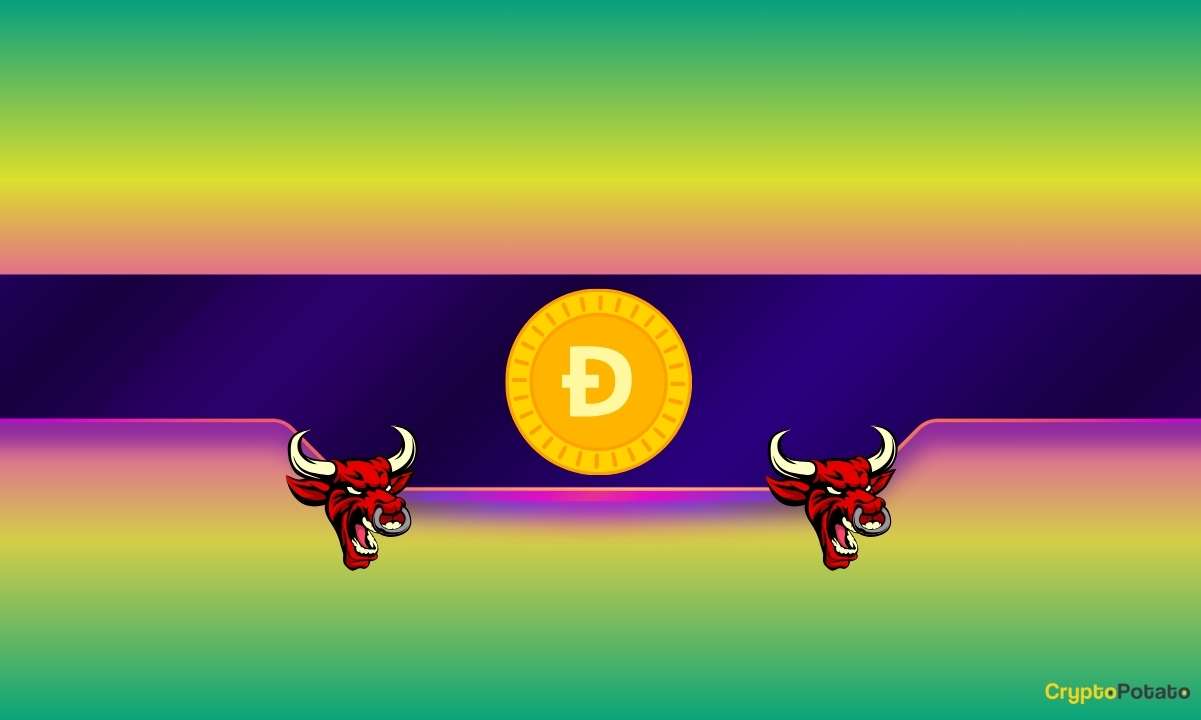

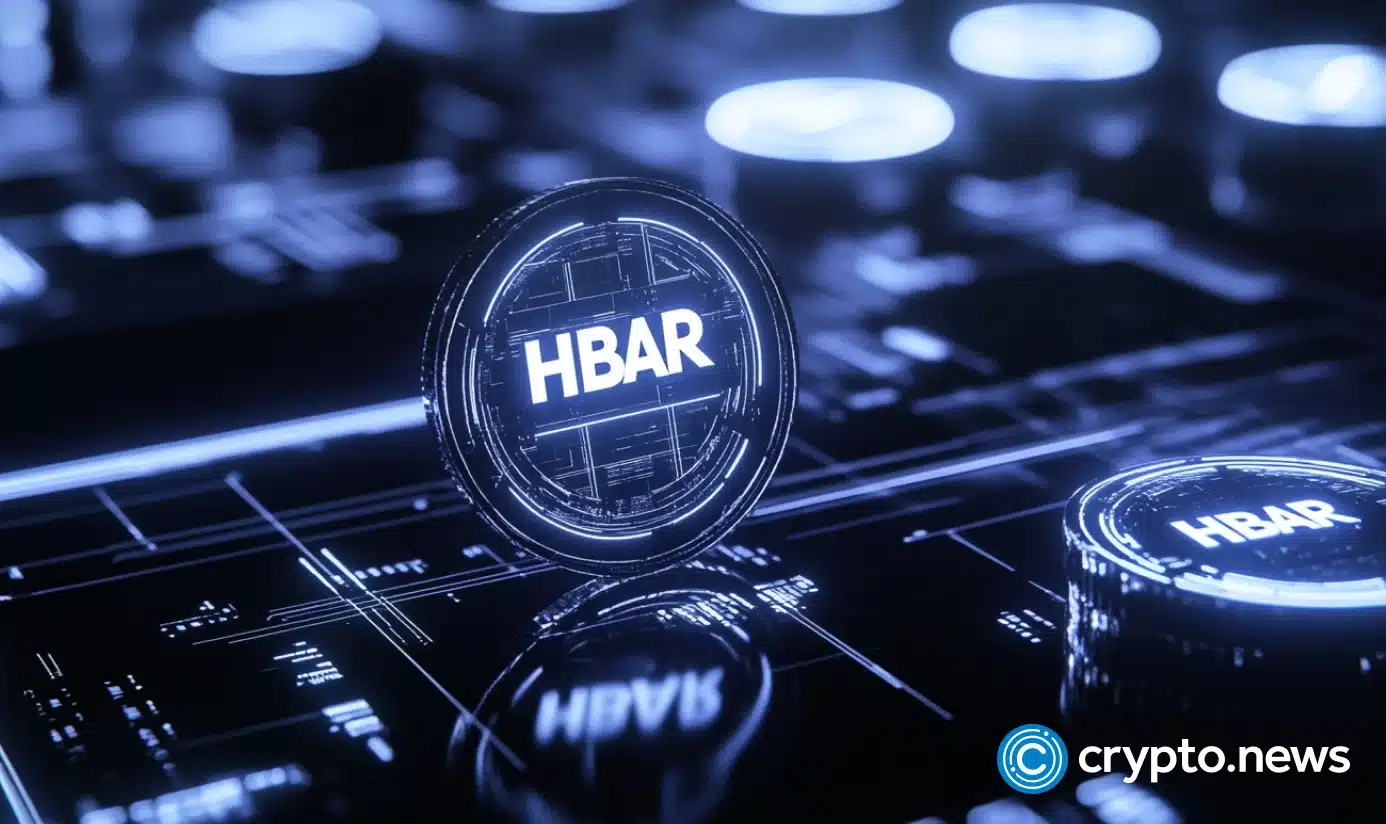


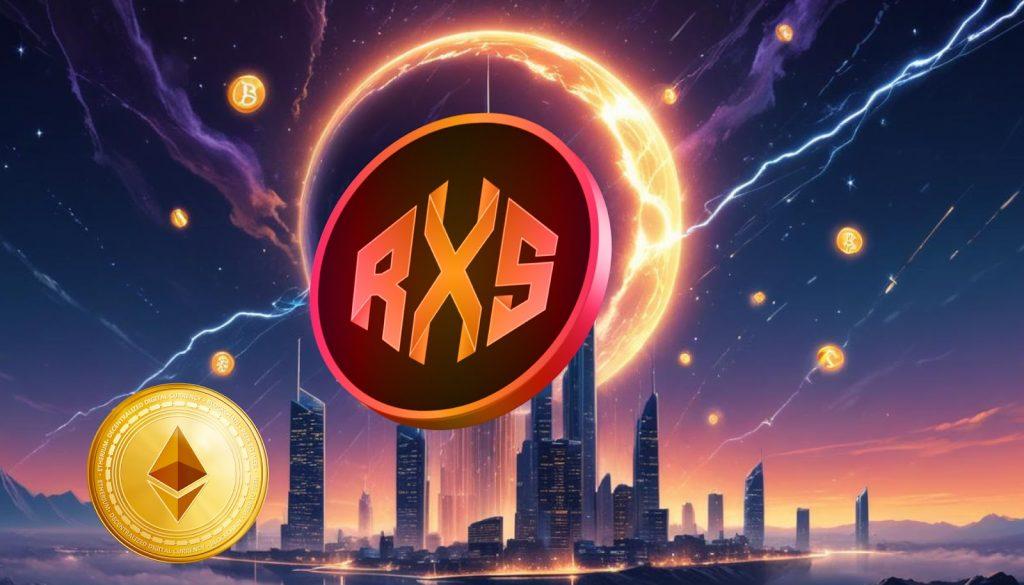
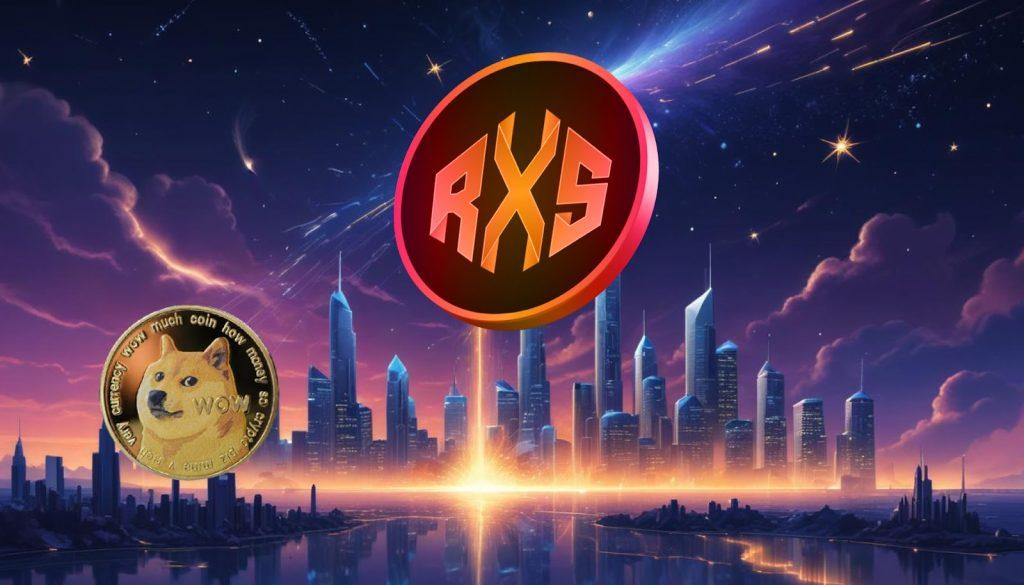
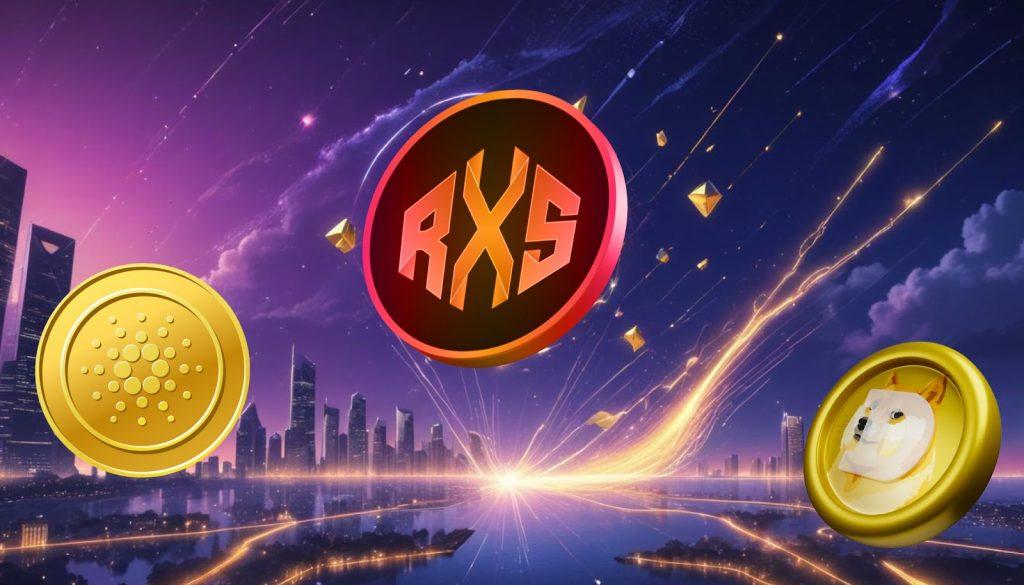




 English (US) ·
English (US) ·